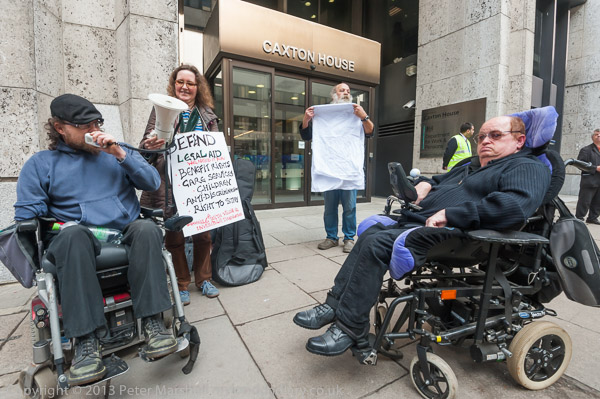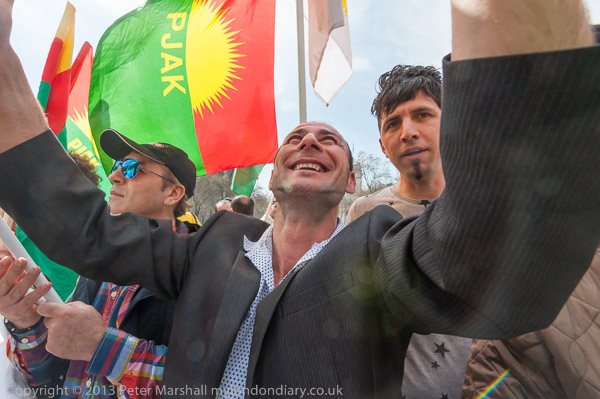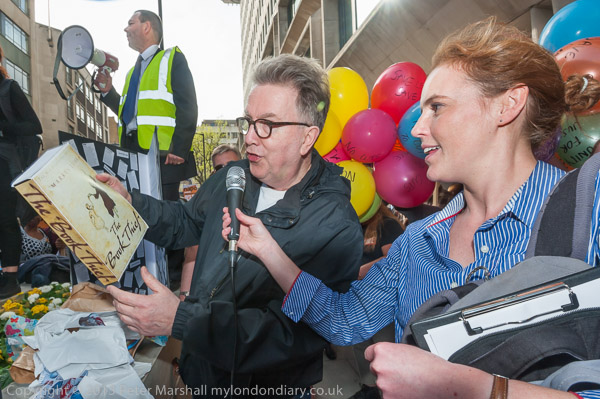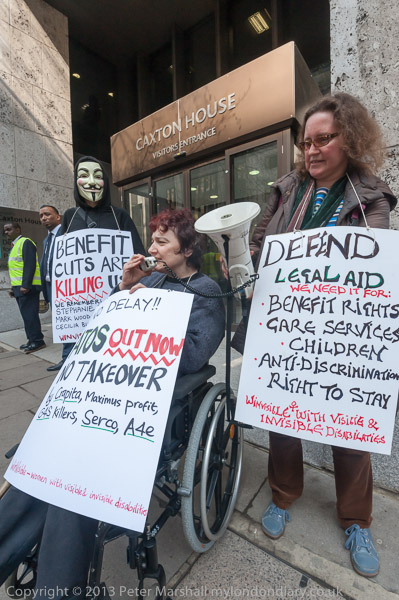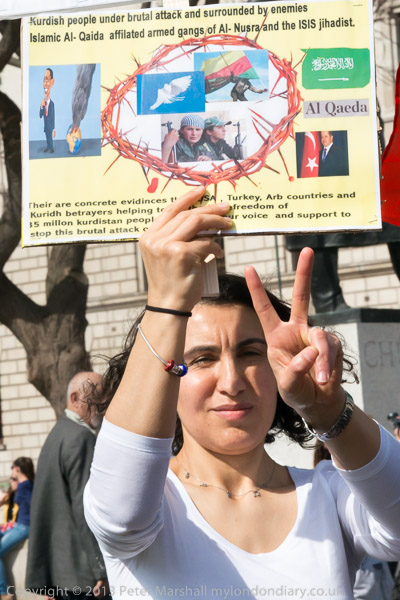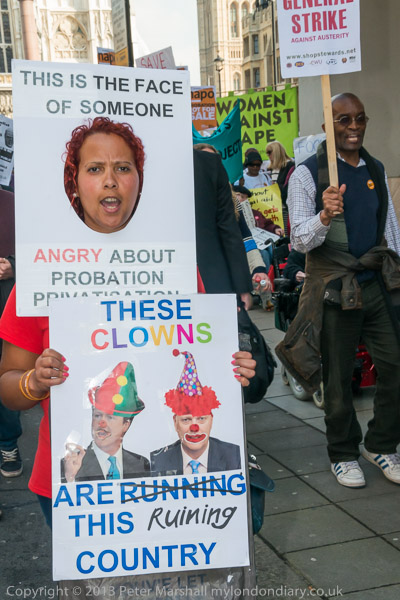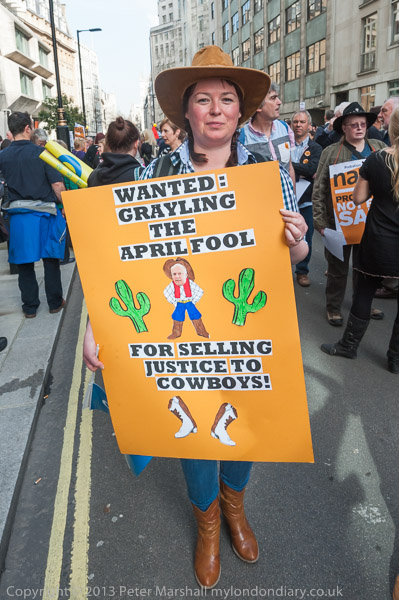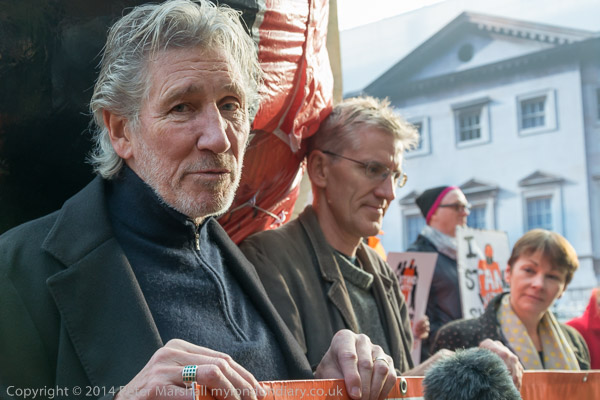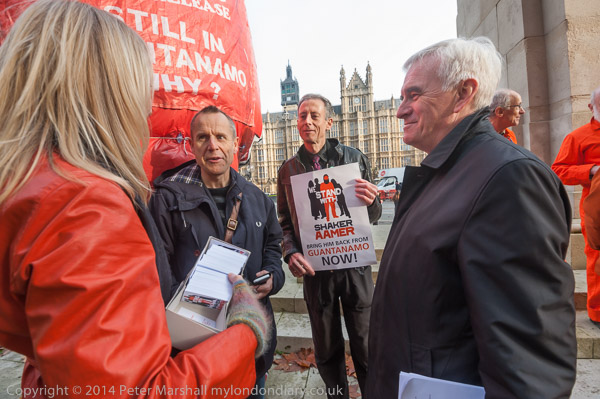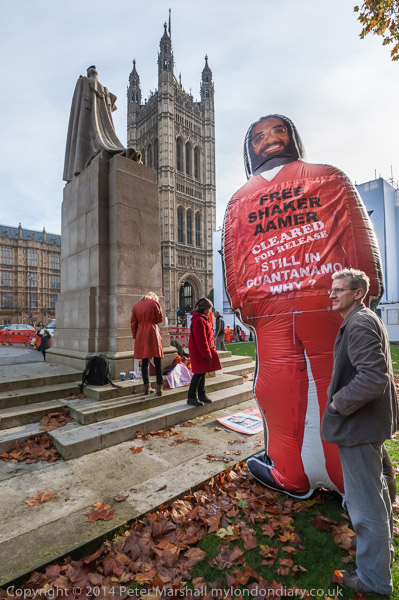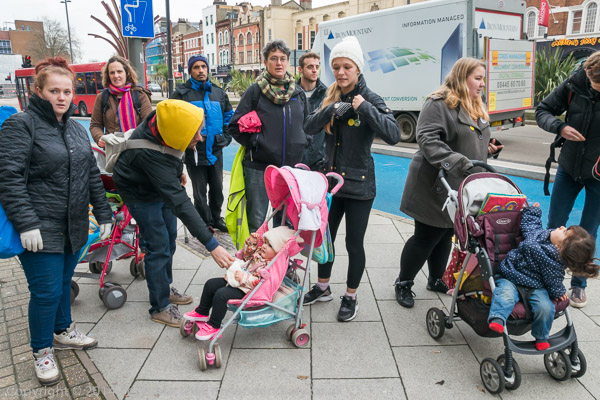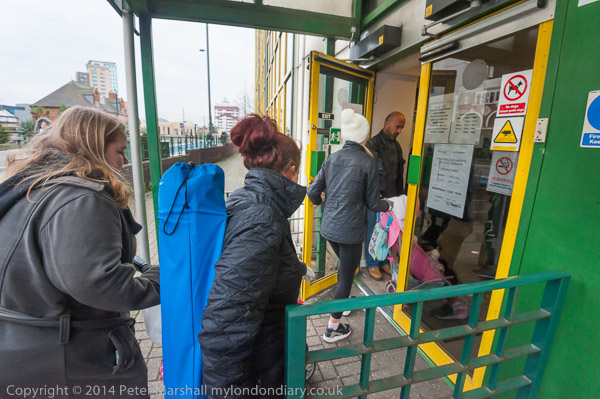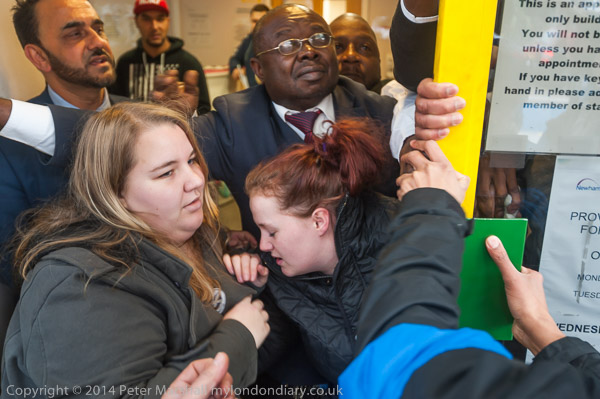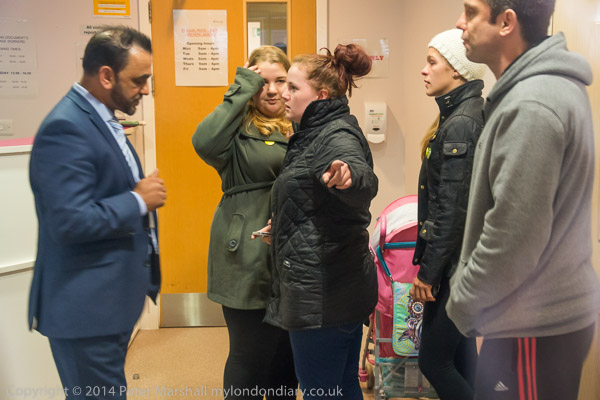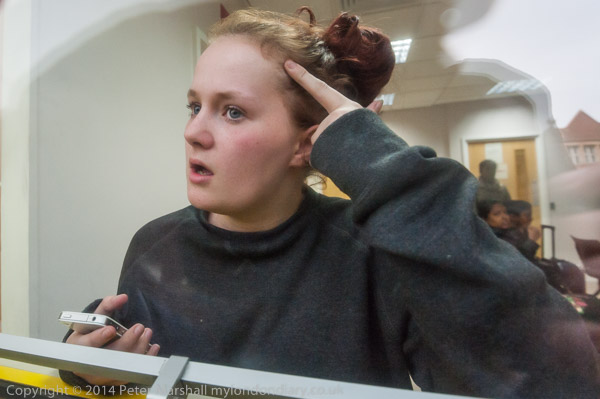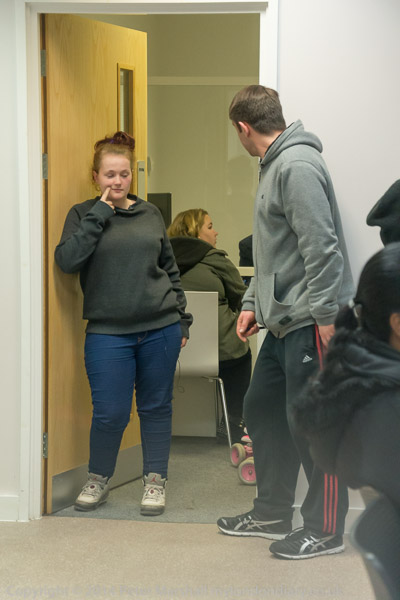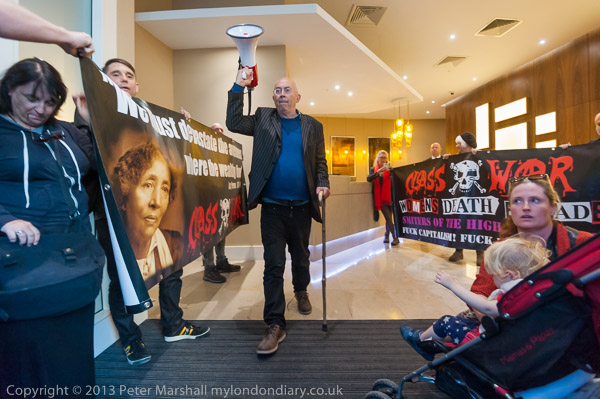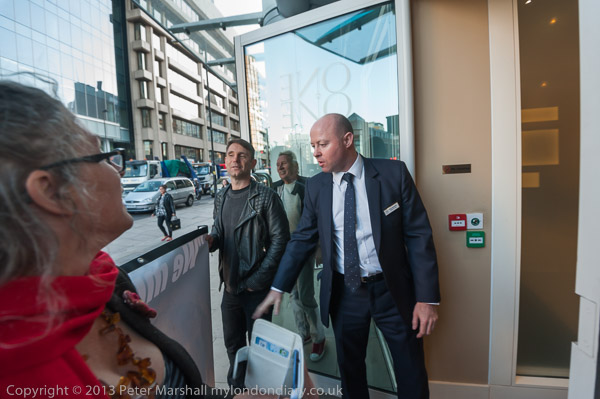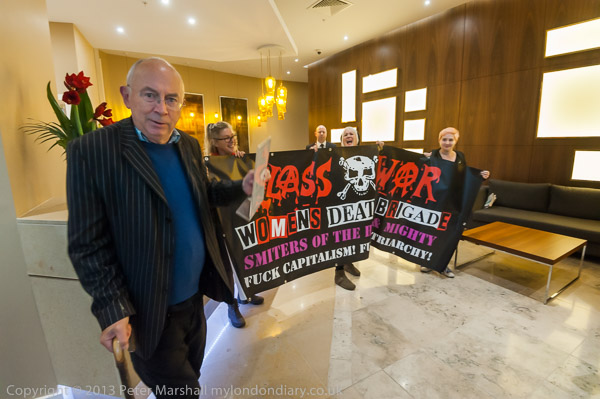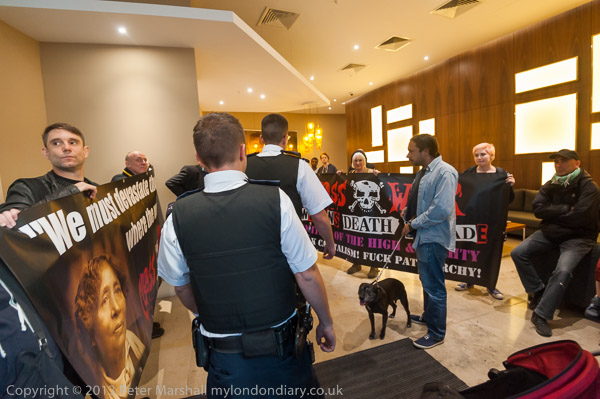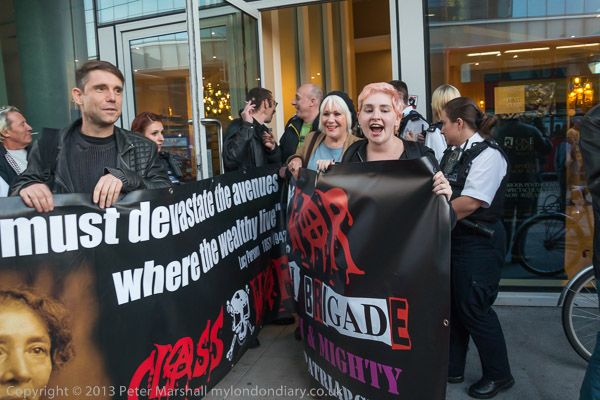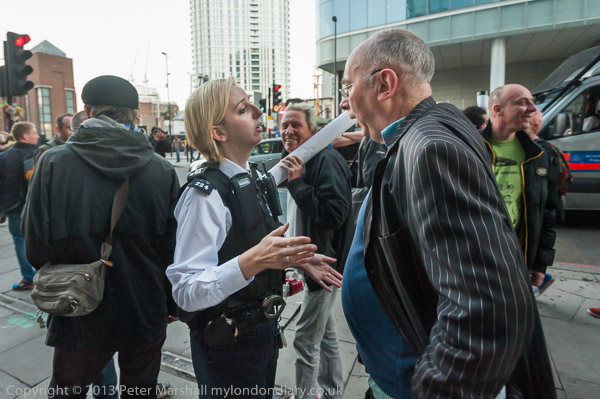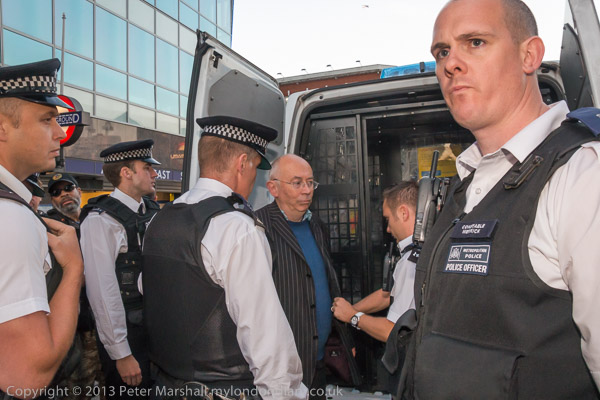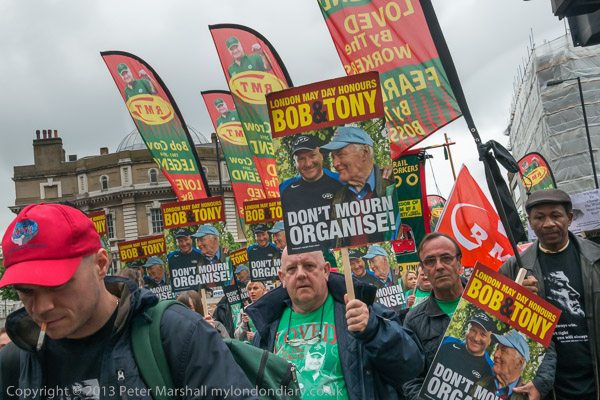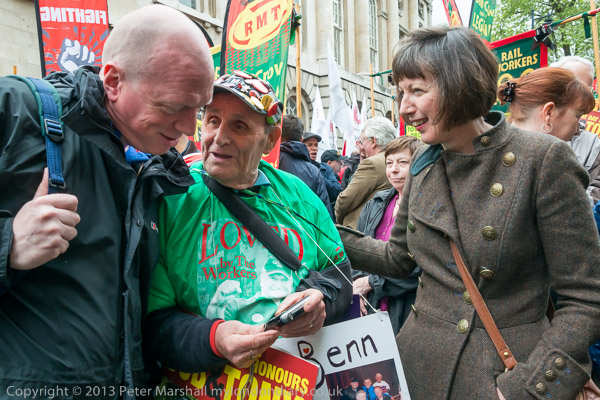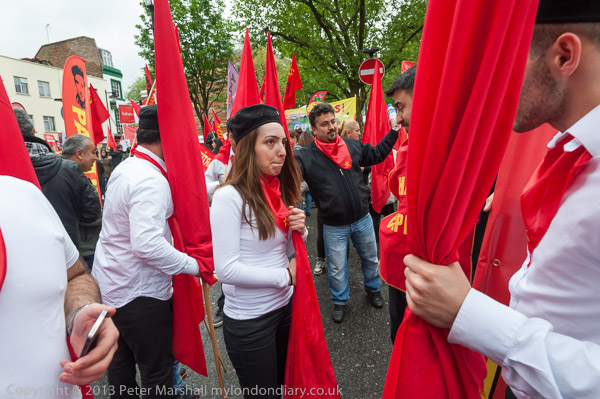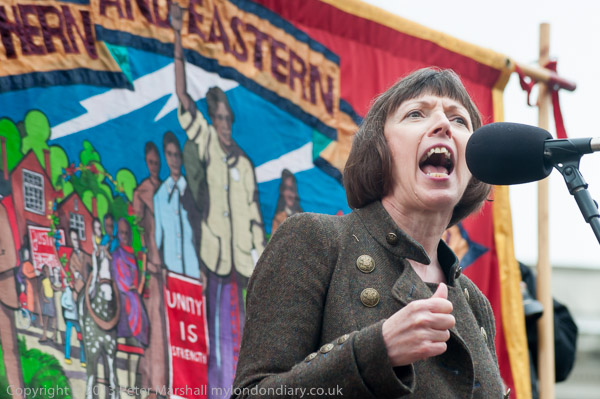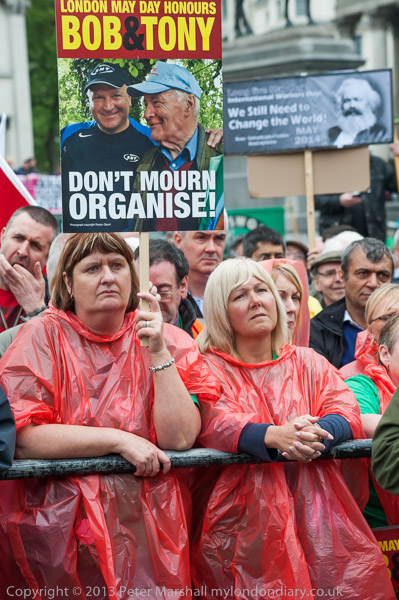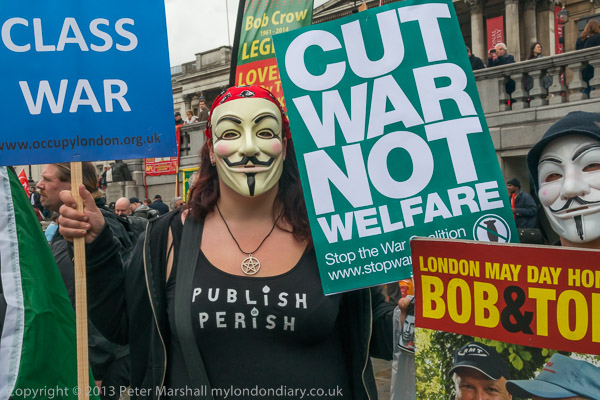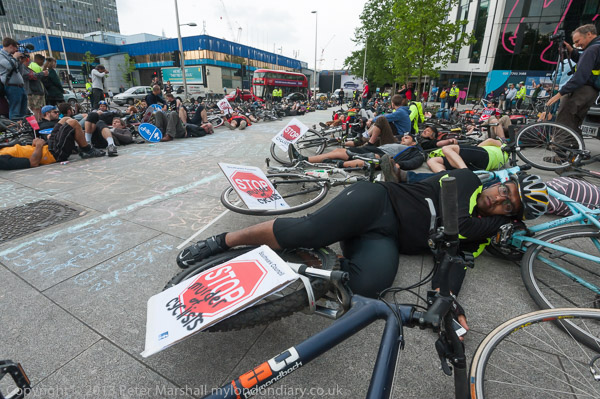
When I was growing up in a working-class area of Greater London there were few private cars around. Only one of my friends was from a family that owned a car, and they could only afford it because both of his parents worked. Working mothers were much looked down on in the area at a time when most married women were housewives, and many employers still expected or even required women to stop work when they got married. There were men in middle-class occupations, but even few of them had cars, walking to local companies or to the station for the train to London. Otherwise people walked to work or took a bus or rode a bike.
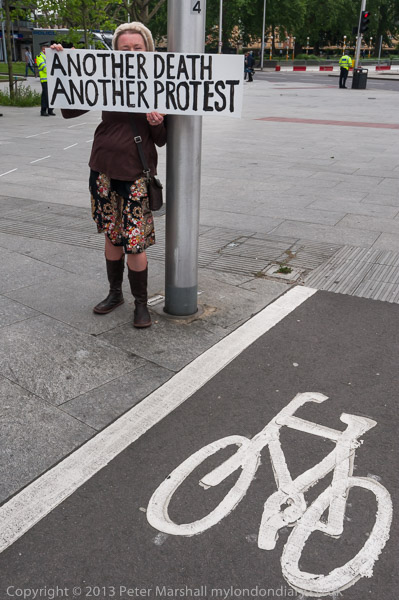
My father at the time was self-employed, a man who did odd jobs; a little building work, plastering, plumbing, carpentry, roofing, glazing, electrical wiring, painting, decorating as well as gardening and bee-keeping. He worked for people in our area who mainly were as poor as we were; every penny counted – and there were seldom any spare to count at the end of the week. He rode around on an ancient bike, often with a bucket on the handlebars for his tools, and when he needed a ladder or more equipment or materials, left his bike at home and pulled everything on a hand cart.
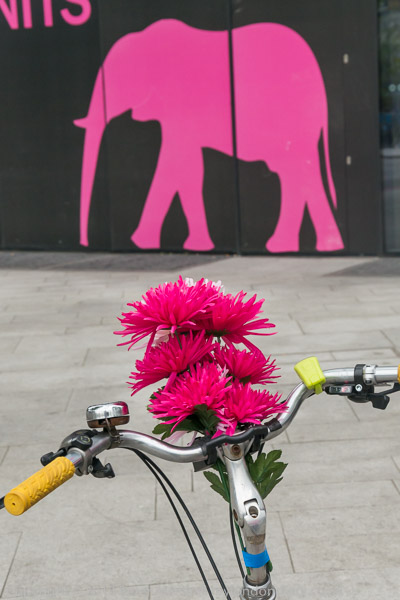
For us kids, a bike was a great liberation. We played games on them, sometimes rather dangerously, and rode for miles often along busy main roads. But there was less traffic then and it moved much slower. I got my first two-wheeler – old but newly painted – for my sixth birthday, learnt to ride it that day and was then off, at first along our street and its side avenues, but soon much further afield, either with friends or by myself. By the time I was at grammar school I was riding miles out from London as well as cycling to school.
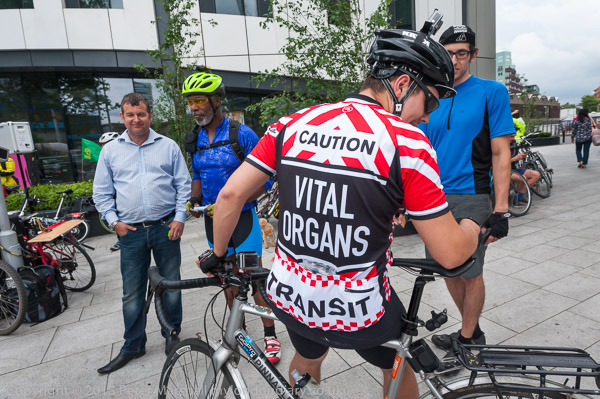
But things changed. It became the aspiration of many if not all working men to own a car – and more and more married women worked to make it possible. Car makers produced more and more cars aimed at a wider market, something that perhaps began in this country with the 1948 Morris Minor and Ford Popular, introduced in 1953, but accelerated in the late 1950s, when Harold MacMillan told us “most of our people have never had it so good.” Though in 1957 it still had to make its way down to areas like that I lived in.
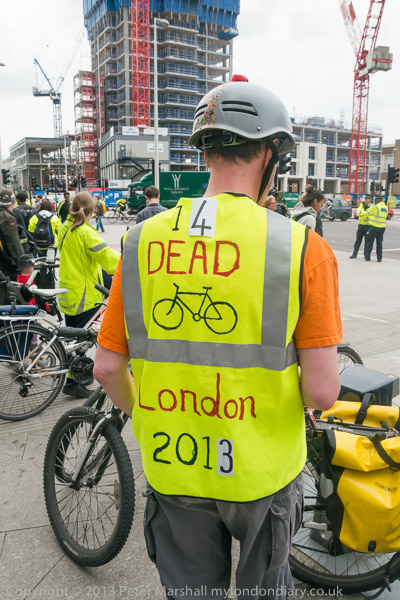
Riding a bike began to be associated with poverty and cycle clips became an icon of failure. England developed a strong anti-cycling culture, with cyclists becoming an object of derision and hate. They cluttered up the road, preventing the free movement of motor cars. It’s an attitude still prevalent among car owners, and one pandered to by our road designers who until recently largely discounted cyclists in designing roads to enable drivers to drive faster. Pedestrians too were something of a nuisance, to be caged off whenever possible and forced to move away from crossing near corners to motorists could negotiate the rounded profiles at greater speed.
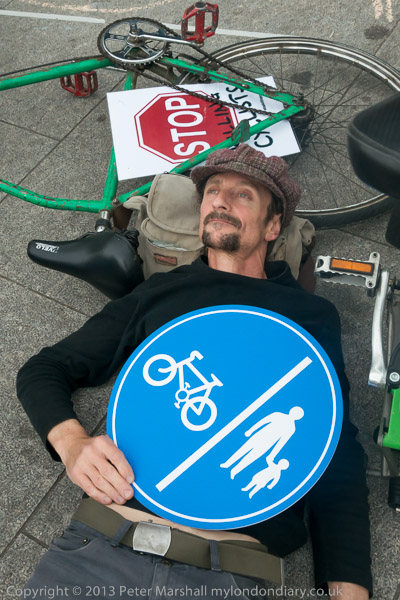
We have seen some changes in recent years. The 2005 bombings made many more consider cycling in cities, and increasing concern about healthy exercise has also led to more recreational cycling – if often by people carrying bikes by car to safer places to cycle. And we now have a few segregated cycle routes in London and elsewhere.But London as a whole is still often a very dangerous place for cyclists (and pedestrians.) One reason is the poor design of many large vehicles with very limited visibility for the drivers. Another is road design inherited from years of ignoring the needs of cyclists and the continuing failure to put enough money into developing roads and paths that are safe for cyclists.
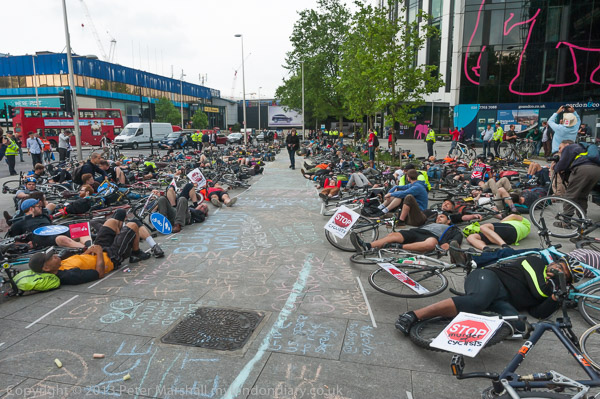
The problems are in part political, with a lack of national leadership and many local politicians remain rabidly anti-cyclist and respond to powerful lobbies from some drivers and in particular taxi drivers organisations. In London it was made worse by the local government reorganisations of the 1960s and the abolition of the Greater London Council in the 1980s. Traffic – including the problems faced by cyclists – is one area that clearly needs to be dealt with for London as a whole and not left to the whim of local boroughs as is currently the case. Some have an almost complete disregard for the safety of cyclists.
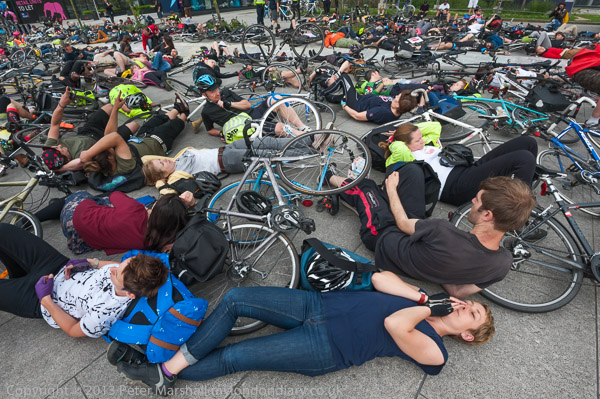
Stop Killing Cyclists has organised a number of bike die-ins taking place shortly after cyclists have been killed at the sites where they died. The protest these pictures come from was at the Elephant and Castle in Southwark on Wednesday 21 May 2014, following the death of 47 year-old Abdelkhars Lahyani on May 13, killed by a HGV (heavy goods vehicle) whose driver was arrested on suspicion of causing death by careless driving.
The traffic system here was completely redesigned a few years earlier at a cost of £3 million, but without making proper provision for cyclists. Southwark Council’s transport plan argues against segregation of cyclists and says that including them in traffic is useful to slow traffic flows. While it may do so, it is at the expense of regarding them as expendable.
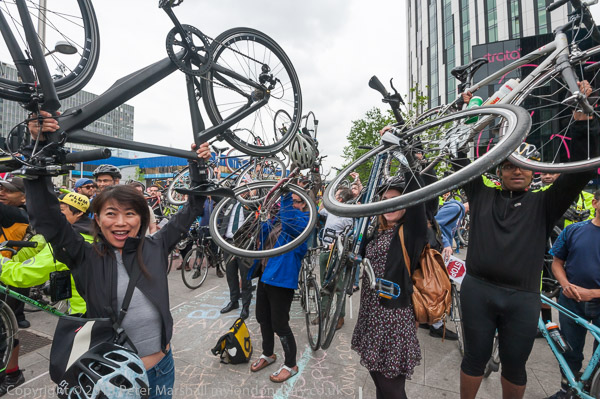
The protesters marked out a bike ‘bypass lane’ which if implemented would have taken Lahyani away from the dangerous area where he was killed. Many accidents at junctions are caused by drivers turning left and driving over cyclists they have failed to see on their left side, either in a blind spot because of bad vehicle design or simply because they have failed to check their route before turning.
More at Cyclists protest Death at the Elephant on My London Diary
All photographs on this and my other sites, unless otherwise stated, are taken by and copyright of Peter Marshall, and are available for reproduction or can be bought as prints.
